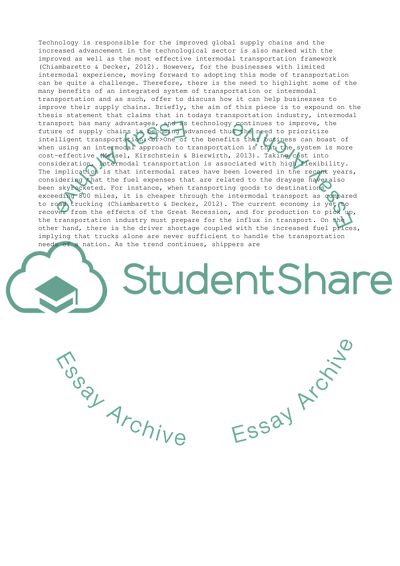Cite this document
(“TOPIC: What is the economic benefit of Intermodal Transportation Essay”, n.d.)
Retrieved from https://studentshare.org/business/1698503-topic-what-is-the-economic-benefit-of-intermodal-transportation
Retrieved from https://studentshare.org/business/1698503-topic-what-is-the-economic-benefit-of-intermodal-transportation
(TOPIC: What Is the Economic Benefit of Intermodal Transportation Essay)
https://studentshare.org/business/1698503-topic-what-is-the-economic-benefit-of-intermodal-transportation.
https://studentshare.org/business/1698503-topic-what-is-the-economic-benefit-of-intermodal-transportation.
“TOPIC: What Is the Economic Benefit of Intermodal Transportation Essay”, n.d. https://studentshare.org/business/1698503-topic-what-is-the-economic-benefit-of-intermodal-transportation.


